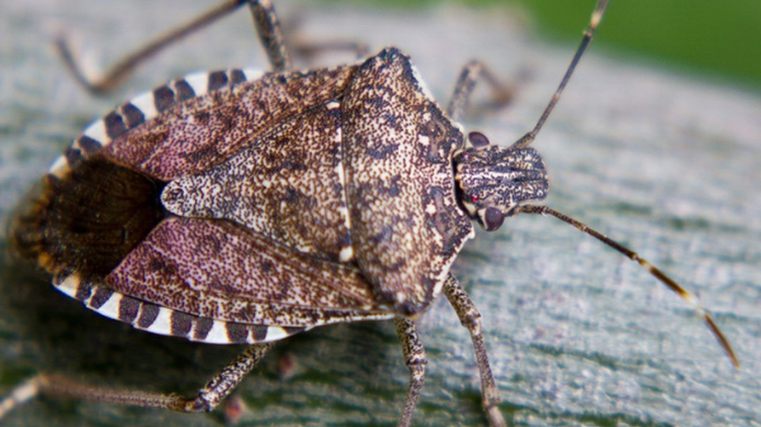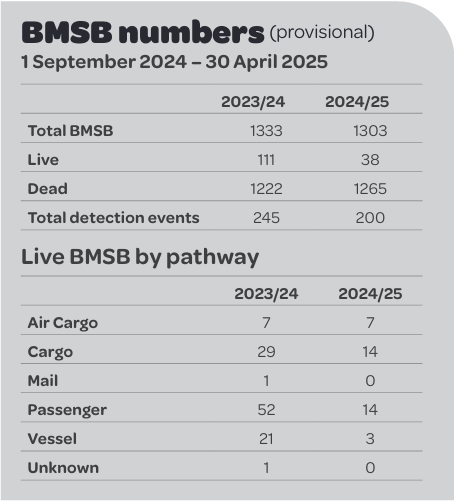Scrutiny on stink bug rules

Biosecurity New Zealand has announced it is reviewing the vehicles, machinery and parts import health standard after the number of brown marmorated stink bug (BMSB) detections fell last season.
The business unit of the Ministry for Primary Industries says the standard sets the rules for bringing in items that are among the favourite hiding places for the invasive pest.
Changes being considered include updating the list of countries required to treat goods for BMSB. In particular, it is likely to add Uzbekistan, where the bug is now established.
Other measures include strengthening biosecurity requirements for used boats imported as cargo, and aligning import requirements for used parts and whole machinery.
Officials are also looking at standardising requirements for imported used parts across different sea cargo types. This means the same rules would apply whether the cargo arrived as a whole container, consolidated with other shipments, or uncontainerised.
Biosecurity NZ says proposed changes will be published as part of consultation in August and it is keen to have the standard updated by the end of 2025.
Detections down
Meanwhile, officials have reported that the 2024/25 high-risk season for BMSB was quieter than most.
There were 38 live detections between September 1, 2024, and April 30, 2025, compared with 111 in the 2023/24 season.
However, the number of dead bugs found increased slightly from 1,222 to 1,265.
The unit’s provisional statistics show the BMSB tallies for 2024/25 were found in 200 detection events, which was down from 245 in the previous high-risk season.
“The cargo pathway again saw high numbers of dead BMSB, 642, highlighting the importance of our offshore treatment and cleaning requirements for high-risk goods such as vehicles, parts, and machinery,” adds Biosecurity NZ.
“BMSB can damage a wide range of crops and fruit trees. It has aggressively invaded the US and Europe and could establish in New Zealand.”
It notes a significant development this season was the detection of BMSB in Argentina in December.
It is the first time the pest has been reported there and New Zealand officials are closely monitoring the situation.
The UK is another “watchlist” country after recent detections but “there is no imminent risk to New Zealand, as the known population is currently low and localised”.

Collective effort
The latest edition of Biosecurity NZ’s newsletter, The Border Space, also gives a shout-out to everyone involved in keeping BMSB out of New Zealand since the beginning of the season – from its own officers to transitional facility staff, ship crews, industry people promoting vigilance among growers, and more.
“It has been a collective effort to intercept, contain and report BMSB findings,” it says.
“The information we get from this joint effort allows us to assess the effectiveness of our biosecurity interventions, including whether approved treatment providers and offshore systems are working as they should.
“It also allows us to identify new risk countries, cargo types, and suppliers of interest, and to respond quickly to detections.”





